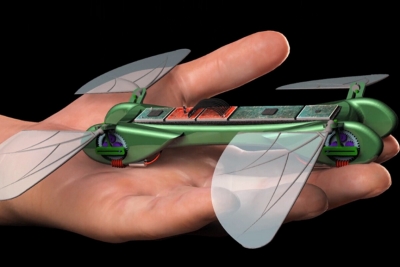

Fragrance in flowers, fruits and spices is due to a wide variety of essential oils (volatile liquids) present in them. They are mostly insoluble in water but freely soluble in alcohol, ether and vegetable mineral oils. They are not oily to touch.
The oils may be grouped into five classes, according to their chemical structure alcohols, esters, aldehydes, ketones, lactones and oxides.
The fragrance may be in leaves (as in sage, thyme and mint), in bark (as in cinnamon and cassia), in wood (as in cedar and sandalwood), in flower petals (as in rose and violet), in seeds (as in anise and caraway), in roots, in fruit rind (as in orange) or in resinous gums secreted from the tree (as in camphor and myrrh).
The oils are formed generally in the green parts of the plant, and with plant maturity, transported to other tissues particularly to flowering shoots. The exact function of an essential oil in a plant is unknown – it may be to attract insects for pollination, or to repel harmful insects, or it may simply be a metabolic intermediate.
Dr. Palaniappan of Pudukkottai, TN, writes: aroma associated with cinnamon, vanilla and cuminum are due to carbonyl group of aldehydes and ketone. Aromatic aldehydes such as cinnamaldehyde and vanillin are found in cinnamon and vanilla respectively. Cumaldehyde (p-isopropyl benzaldehyde) is found in the volatile oil of cuminum. Aliphatic esters namely methyl n-butyrate and ethyl n-butyrate are found in apples and pineapples. Benzyl acetate, an aromatic ester imparts fragrance to jasmine. Spices and condiments contain monoterpenoids with two isoprene units and sesquiterpenoids with three isoprene units. Eugenol in clove, linalool in coriander, zingiberene in zingiber, menthol in mint, cineol in cardamom and anethole in feoniculum are a few examples. Sandalwood contains a terpenoid called santol in the wood cells.





 Most of the beverages contain alkaloids which act as mild stimulants. Caffeine, for example, is found in coffee, tea, cocoa, milk chocolate and also in cola drinks. Tea has a trace of theophylline. Cocaine is found in products. These alkaloids are collectively referred to as methyl xanthenes. They share a number of pharmacological actions of much therapeutic interest: they relax, smoothen the muscles (notably bronchial muscle), and stimulate the central nervous system and cardiac muscle. They induce the kidneys to excrete more urine, stimulate mental activity, and quicken the reflexes, increase vigilance and decrease motor reactions time in response to both visual and auditory stimuli. They increase stamina and reduce fatigue. They give the users a feeling of confidence and power. They even induce euphoria in some users. These stimulant effects are short lived: they last for about an hour. They are then subsequently followed by depression. Overdose or repeated use may lead to paranoia, psychosis.
Most of the beverages contain alkaloids which act as mild stimulants. Caffeine, for example, is found in coffee, tea, cocoa, milk chocolate and also in cola drinks. Tea has a trace of theophylline. Cocaine is found in products. These alkaloids are collectively referred to as methyl xanthenes. They share a number of pharmacological actions of much therapeutic interest: they relax, smoothen the muscles (notably bronchial muscle), and stimulate the central nervous system and cardiac muscle. They induce the kidneys to excrete more urine, stimulate mental activity, and quicken the reflexes, increase vigilance and decrease motor reactions time in response to both visual and auditory stimuli. They increase stamina and reduce fatigue. They give the users a feeling of confidence and power. They even induce euphoria in some users. These stimulant effects are short lived: they last for about an hour. They are then subsequently followed by depression. Overdose or repeated use may lead to paranoia, psychosis.


